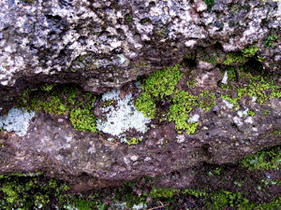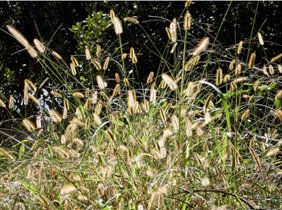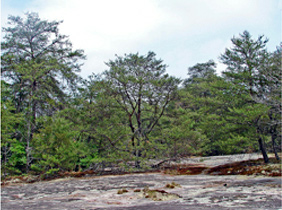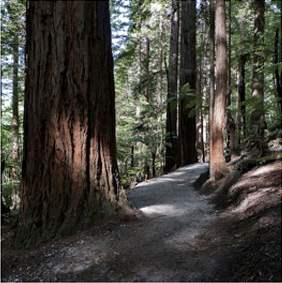
Source: Rockery garden, TACLUDA, rgbstock.com
The sequence of events that take place in ecological succession happen in fairly predictable patterns over time.

Source: Rockery garden, TACLUDA, rgbstock.com
The first organisms to occupy an area that has been disturbed by some kind of disruption are called pioneer species. Typical examples of pioneer species are annual plants (secondary succession) or lichens and mosses (primary succession). The job of the pioneer species is to modify the environment by breaking down the rock or soil in which they live to make a more nutrient dense base for other organisms to thrive.

Source: Pigeon grass, John Tann, Flickr
Opportunistic species are the next plants to begin growing. They are called opportunistic species because they take advantage of the work done by the pioneer species. These include weeds, grasses, and small shrubs. Animals also begin to inhabit the areas. Insects usually appear first and then rodents. Larger mammals are the last to appear.

Source: Primary Succession, Martin LaBar, Flickr
Over time the weeds, grasses, and shrubs will die and decay and add nutrients to the soil which allows for more complex species, such as soft wood trees, to grow. The biodiversity of a community continues to increase as it ages. More and more plants and animals will begin to inhabit the area.

Source: Climax Commuity, Ken Mccown, Flickr
Succession takes many years (even hundreds) before completion. Once the community reaches a stable state of maturity it is called a climax community.
What is considered a climax community is determined by the abiotic factors of the area.
![]() Watch the following video to see the different climax communities around the world.
Watch the following video to see the different climax communities around the world.
List three places that are maintained so that they are a subclimax communities.